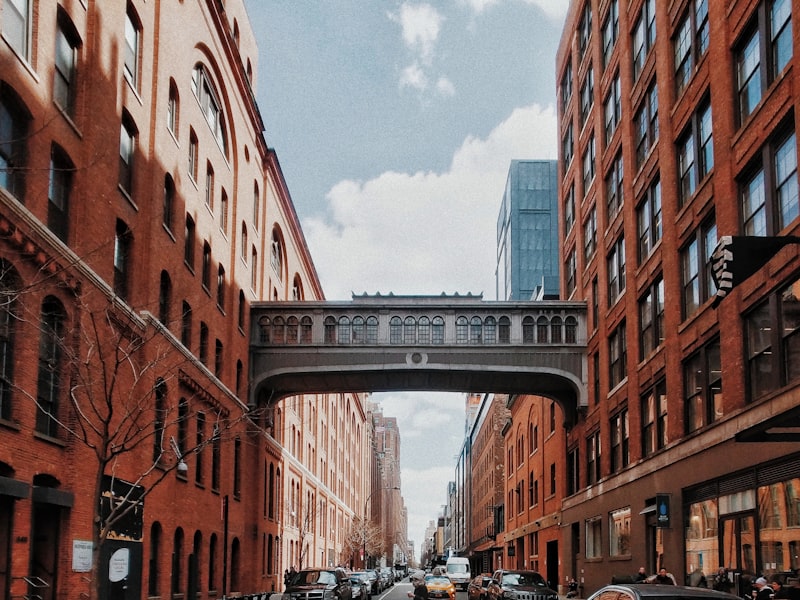Exactly what is a concrete vapor barrier?
A concrete vapor barrier is any material that forestalls moisture from entering a layer of concrete. Vapor barriers are employed because while fresh concrete flows wet, it’s not designed to stay like that. It needs to dry and after that stay dry in order to avoid flooring problems.
If you’ve ever endured a problem with a basement floor (or any concrete floor), you already know the sort of damage this too much moisture could cause. Moisture enters concrete in a number of ways, including using the ground, from humidity via a flight, and thru leaky plumbing that goes through a slab. Obviously, there’s even the moisture which was within the original concrete mixture.
There’s only one-way moisture leaves concrete, though, and that’s via its surface. For those who have a concrete floor that’s in continuous contact with a resource of moisture, you’re going to have problems. This is the reason a vapor barrier under concrete is crucial. Vapor barriers are a way to maintain moisture from engaging in the concrete.
Note: A vapor barrier isn't same as an underlayment. However, you can find underlayments that act as vapor barriers.
Vapor barrier permeability is expressed in perms.
Vapor barriers have varying numbers of permeability, expressed in perms. The larger the number, the more permeable the information. Impermeable vapor barriers are the ones which has a rating of 0.1 perm or less while class II vapor retarders are the type which has a rating higher than 0.1 perm and much less than 1.0 perm.
You’ll hear people while using the terms ‘vapor barrier’ and ‘vapor retarder’ interchangeably. However, as it happens, they aren’t the same. Vapor barriers are less permeable than vapor retarders. In this article, we'll be while using term ‘vapor barrier’.
Why's excessive moisture in concrete a challenge?
A word: adhesives. Excessive moisture in concrete is a concern given it can cause pH changes that destroy adhesives. Here’s how are you affected.
As moisture makes its way to the top of your layer of concrete, soluble alkalies come along for that ride and raise its surface pH above that regarding flooring adhesives. This makes the adhesives to breakdown and also you end up getting flooring failures including swelling, bulging, or cupping.
Do you need a vapor barrier within a layer of concrete?
In a word, yes. Here’s why.
There’s typically water underneath a structure site. It might not be near the surface, however that doesn’t mean it’s not there. This water can go up through the soil and come into connection with the foot of a concrete floor via capillary action. Capillary action might be stopped by installing something known as a capillary break, a layer of crushed rock which goes between the subgrade and the slab.
Capillary breaks do a sufficient job of stopping water in its liquid state from reaching a slab. However, they can’t stop water in vapor form from reaching and entering a layer of concrete. Therefore, there needs to be something under the slab that forestalls vapor moisture from entering.
You need to a vapor barrier for liability reasons since most manufacturers of flooring include vapor barriers or retarders of their installation guidelines.
How thick should a plastic vapor barrier be?
In line with the Help guide to Concrete Floor and Slab Construction published by the American Concrete Institute, a vapor retarder should not be less than 10 mils thick. You might need a level thicker barrier though if you’re covering material with sharp angles.
Net profit: Vapor barriers have to be sufficiently strong enough enough so they don’t easily puncture. If they do, moisture are certain to get in and that’s what you’re trying to keep out.
More details about nilon lot san be tong have a look at this useful site
